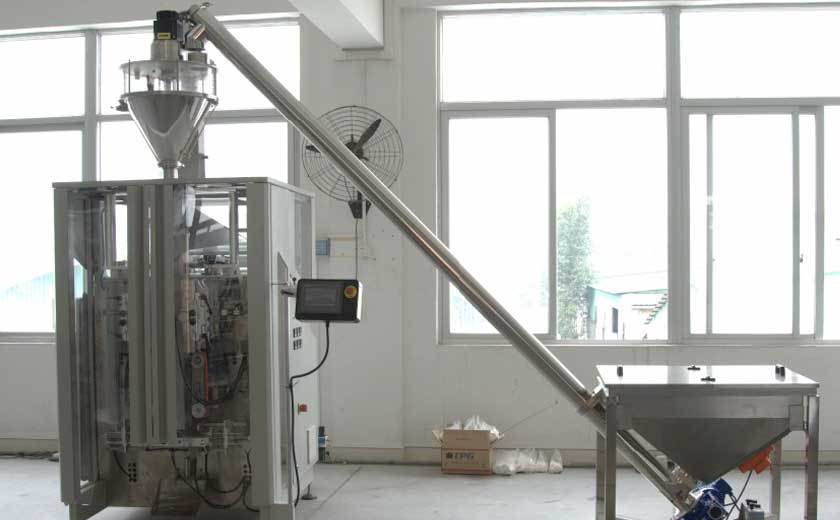The Ultimate Guide to Auto Weighing Filling Machines
The Ultimate Guide to Auto Weighing Filling Machines: Revolutionizing the Packaging Industry
In the competitive landscape of modern manufacturing, optimizing productivity and minimizing waste are paramount. Auto weighing filling machines have emerged as game-changers, transforming the packaging industry by automating the precise filling of products into containers. The Ultimate Guide to Auto Weighing Filling Machines delves deep into the world of these remarkable machines, empowering you with comprehensive knowledge to make informed decisions for your packaging needs.
Function and Benefits
Auto weighing filling machines are designed to automate the process of filling containers with a predetermined weight of product. They utilize advanced weighing technology to accurately measure the weight of each product, ensuring consistent and precise filling. This precision eliminates overfilling or underfilling, leading to significant cost savings by reducing product waste and ensuring compliance with industry regulations.
Types and Applications
Auto weighing filling machines come in various types, each suited to specific applications. Linear weighers excel in high-speed filling of granular products like coffee beans, rice, and nuts. Volumetric fillers are ideal for filling liquids, such as milk, juice, and chemicals. Multi-head weighers are highly accurate and versatile, making them suitable for filling products of various shapes and sizes.
Key Components
To ensure optimal performance, auto weighing filling machines comprise several key components:
Hopper: Holds the bulk product supply.
Weighing System: Accurately measures the product weight.
Filling Head: Discharges the product into the container.
Container Conveyor: Transports containers to and from the filling station.
Control System: Manages the entire filling process, including weight settings and diagnostics.
Advantages and Disadvantages
Auto weighing filling machines offer numerous advantages:
Precision and Accuracy: Eliminate human error and ensure consistent filling.
Speed and Efficiency: Automate the filling process, increasing productivity.
Versatility: Handle a wide range of products and container sizes.
However, there are also some potential disadvantages:
Cost: Can be more expensive than manual filling machines.
Maintenance: Require regular maintenance to ensure accuracy and longevity.
Complex Operation: May require specialized training for operators.
Selection and Implementation
Choosing the right auto weighing filling machine for your application involves considering factors such as product type, filling accuracy, speed requirements, and packaging constraints. Once selected, proper implementation is crucial:
Site Preparation: Ensure adequate space, power supply, and compressed air.
Installation: Follow manufacturer’s instructions to ensure proper installation and calibration.
Training: Provide comprehensive training to operators to ensure safe and efficient operation.
Maintenance: Adhere to recommended maintenance schedules to prevent downtime and ensure accuracy.
The Ultimate Guide to Auto Weighing Filling Machines has illuminated the transformative potential of these machines in the packaging industry. By understanding their functions, advantages, and selection criteria, you can harness their power to optimize your operations, reduce waste, and elevate your packaging efficiency to unprecedented heights.
-
Overview of Packaging Machine Buying Guides
08-01-2024 -
How Does a Vertical Form Fill Seal Machine Work?
30-10-2023 -
Advancements in Auger Powder Filling Technology
27-10-2023 -
A Deep Dive into Automatic Packaging Machines
26-10-2023 -
The Revolutionary Fully Automatic Potato Chips Packaging Machine
20-09-2023 -
How to choose the right packaging machine?
23-08-2023 -
Reducing Waste And Maximizing Yield With Multihead Weigher Machines
15-03-2023 -
Nuts Packaging Machine for Dry Products Perservation
26-11-2022 -
Is Automated Biscuit Packaging Machine Better Than Manual Opeartion?
25-11-2022













